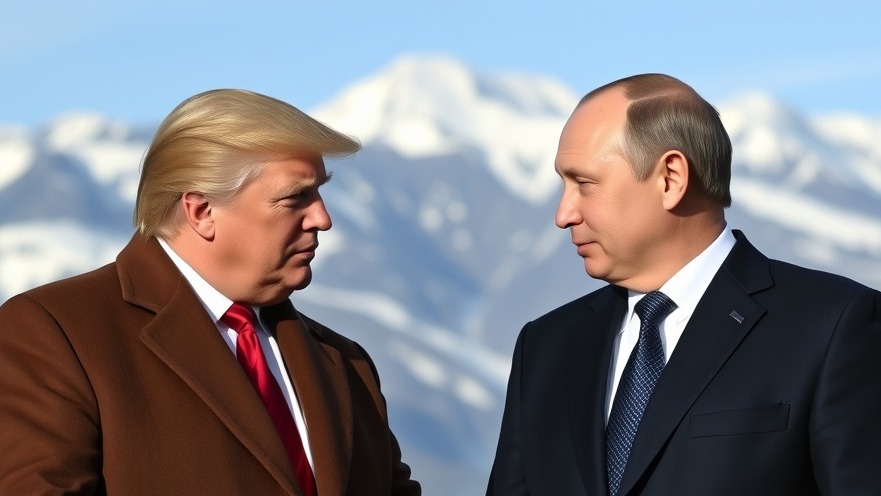
The Fight for Affordable Electricity in Puerto Rico
Puerto Rico is currently grappling with a significant economic crisis, and one of the most pressing issues is the outrageous cost of electricity. During a recent congressional hearing led by Teresa Leger Fernández, it was revealed that Puerto Rican residents pay over 26 cents more per kilowatt hour than the U.S. national average, making their electricity costs roughly 60% higher. With the island's poverty rate soaring to a staggering 40%, these unaffordable rates compound an already dire situation.
In 'Puerto Ricans Deserve Affordable Electricity': Teresa Leger Fernández Slams High Costs In PR, the discussion dives into the ongoing energy crisis in Puerto Rico, raising important insights that sparked deeper analysis on our end.
Understanding PROMESA: Progress and Pitfalls
Since its enactment nearly nine years ago, the PROMESA legislation aimed to provide Puerto Rico with a sustainable path to resolve its crippling debt, which notably stands at over $70 billion. While PROMESA has made some strides—reducing the debt by over $40 billion—the law has been met with significant resistance and criticism for its compromises that have hampered effectiveness. The intent was to provide relief, yet many argue the structure preserved existing challenges rather than solving them.
The Role of PREPA and Ongoing Issues
The Puerto Rico Electric Power Authority (PREPA) serves as a pivotal player in these financial discussions. With a whopping $9 billion in debt at the time of PROMESA's implementation, the failure to enable PREPA to file for bankruptcy has caused extensive delays in restructuring that could lead to a reinvestment in the island's aging infrastructure. Yet, bondholders are adamant about prioritizing their financial returns, even at the expense of consumer welfare.
Blackouts Amid High Costs: A Double Whammy
To complicate matters, residents are not just paying exorbitant rates—they also face frequent blackouts due to the underfunded and deteriorating state of the electric grid. Regular service disruptions have driven frustration to unprecedented levels. Puerto Ricans simply deserve better than to be at the mercy of a utility that is financially and logistically failing them.
Seeking Solutions: A Call for Unity
As the discussion surrounding PREPA and PROMESA progresses, it’s crucial for all stakeholders—including bondholders, local officials, and the federal government—to collaboratively reach a fair resolution. The overarching goal should be to achieve debt restructuring that alleviates the financial burden on residents while providing the necessary funds for infrastructure repairs. This balance will ensure a sustainable future for Puerto Rico and restore confidence in its economic landscape.
Political Responses and Future Outlook
The path to achieving affordable electricity in Puerto Rico is fraught with challenges, yet it remains essential for Senator Leger Fernández and her colleagues to advocate fiercely for their constituents. Legislative oversight must be proactive in ensuring that financial practices aligned with PROMESA prioritize the people of Puerto Rico, especially when addressing the pressing energy crisis. Without a united approach, the dream of affordable and reliable electricity in Puerto Rico may remain just that—a dream.
Conclusion: Why You Should Care
The plight of Puerto Rico serves as a microcosm reflecting larger national issues, including how inherited structures impact local economies and the essential need for government accountability in energy policy. As these discussions develop, those watching must remain engaged, understanding that effective energy reform and economic stability are pivotal not only for Puerto Ricans but for broader American interests and values.
For those invested in national news and the evolving narratives around U.S. territories, the implications of Puerto Rico’s energy crisis could shape how energy policies are approached in the future.
 Add Element
Add Element  Add Row
Add Row 



Write A Comment